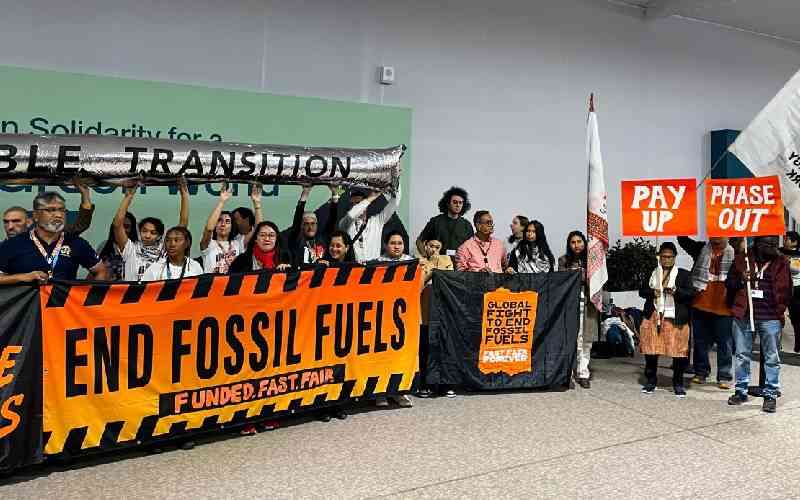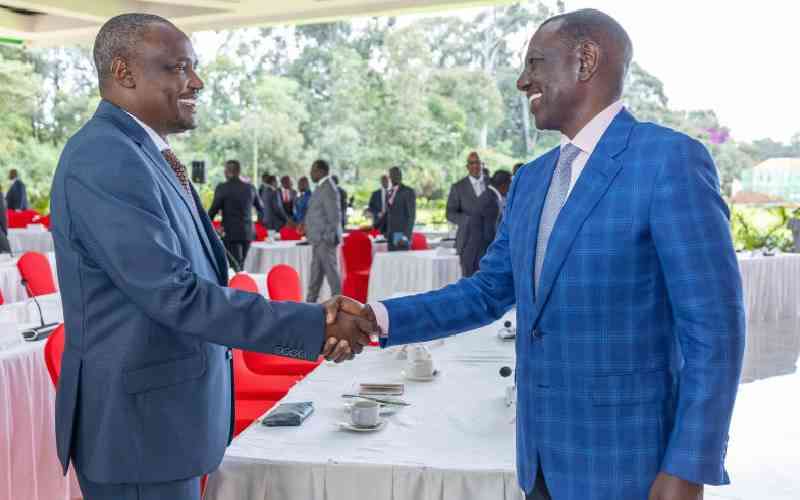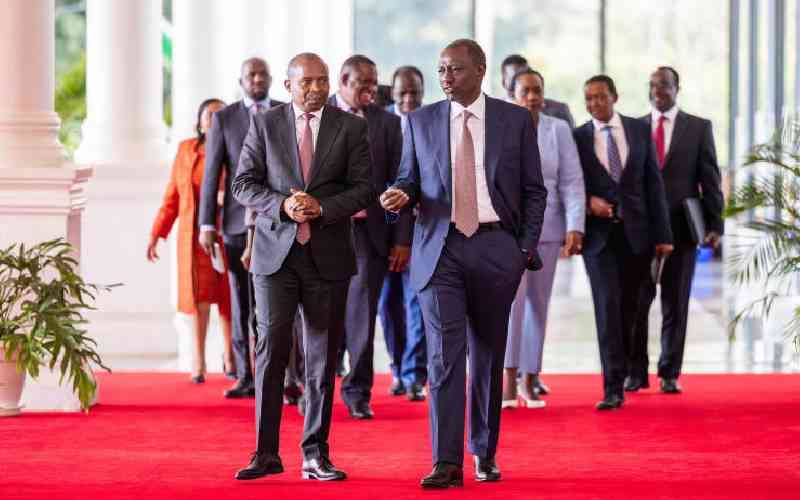
Trading has already commenced under the African Continental Free Trade Area (AfCFTA), with Ghana taking the lead. It began on January 1, this year, and Kenyan firms are exporting their products within Africa under the AfCFTA framework.
Companies can now take advantage of the AfCFTA by mastering the criteria for exports. The first is the Rules of Origin, where products must be wholly produced in Africa, significantly transformed within Africa or value-added up to 30–60 per cent within the continent.
So companies wishing to export under the AfCFTA framework have to ensure the products meet the rules of origin and get a certificate.
The second is the liberalisation of tariffs - a gradual process - with 90 per cent of goods traded across Africa going down to zero. This removes duty for exports and imports across the AfCFTA member states.
Most countries that have signed on to AfCFTA have agreed on a gradual progression towards the zero per cent tariffs. Some will take five years and others 10, with preferential tariffs currently in place.
Companies can get this from the AfCFTA secretariat or the AfCFTA desks within their respective ministries of trade and industry or state departments of trade. It presents an opportunity for digital solutions, such as e-payments, which can be expanded into new markets with minimal physical investment.
Estimates show Africa loses close to $30 billion (Sh4 trillion) in intra-Africa transaction cost or exchange losses. Innovative solutions to cut back these transaction costs stand to profit from AfCFTA. The AfCFTA secretariat is also working on a Pan African payments and settlements platform, presenting an opportunity to partner, collaborate or plug in. Other services projected to do well include healthcare, insurance, and finance.
SMEs will be looking for affordable financing, allowing financial institutions to step in. The Africa Standards Organisation is also on the verge of harmonising standards across the continent. The sooner SMEs distribute their products into other African countries, the better placed they will be. We have seen the rush by global firms to set up in Africa so that their goods will meet the Rules of Origin criteria to trade under AfCFTA.
Volkswagen and Toyota have already set up assembly plants in Ghana and Kenya. Herein lies the opportunity for SMEs to set up manufacturing plants and value-add available raw materials.
Once tariff liberalisation takes full effect, such SMEs will benefit from a first-mover advantage. Firms can take advantage of these opportunities by using the collective power of business and entrepreneurship support from organisations such as GrowthAfrica.
The writer is an SME Growth advisor spearheading GrowthAfrica’s entry into West Africa
 The Standard Group Plc is a
multi-media organization with investments in media platforms spanning newspaper
print operations, television, radio broadcasting, digital and online services. The
Standard Group is recognized as a leading multi-media house in Kenya with a key
influence in matters of national and international interest.
The Standard Group Plc is a
multi-media organization with investments in media platforms spanning newspaper
print operations, television, radio broadcasting, digital and online services. The
Standard Group is recognized as a leading multi-media house in Kenya with a key
influence in matters of national and international interest.
 The Standard Group Plc is a
multi-media organization with investments in media platforms spanning newspaper
print operations, television, radio broadcasting, digital and online services. The
Standard Group is recognized as a leading multi-media house in Kenya with a key
influence in matters of national and international interest.
The Standard Group Plc is a
multi-media organization with investments in media platforms spanning newspaper
print operations, television, radio broadcasting, digital and online services. The
Standard Group is recognized as a leading multi-media house in Kenya with a key
influence in matters of national and international interest.










